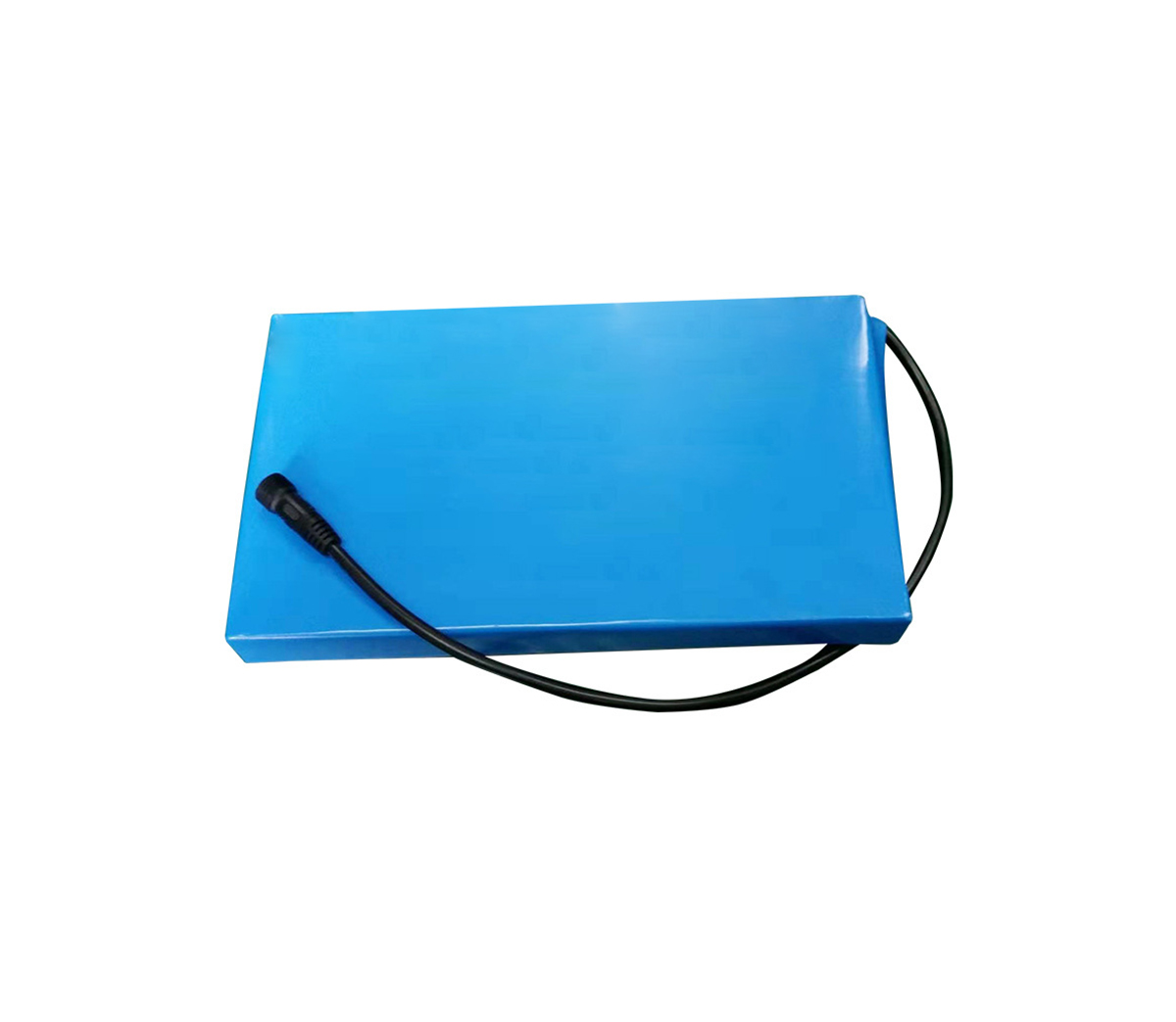
"In the process of moving towards high specific energy lithium-ion
batteries, the current cost of producing batteries is gradually decreasing, the
specific energy is rapidly increasing, and the driving range is gradually
increasing. my country's electric vehicles have also taken a place in
international competition. But in In this process, the safety issues of power
batteries will become more prominent." Ouyang Minggao pointed out.
"With the continuous strengthening of national and local support for
electric vehicles and the continuous improvement of the industrial environment,
my country's electric vehicles have an eye-catching performance and have become
the second largest market for production, sales and holdings after the United
States." Zhao Zhao, Director of China Automotive Technology Research Center
Aviation pointed out at the International Forum on Technology Innovation in
Electric Vehicles held a few days ago.
Lithium electronic battery reaches its technological limit within 5 to 10
years
"In the process of moving towards high specific energy lithium-ion
batteries, the cost of producing batteries is gradually decreasing, the specific
energy is rapidly increasing, and the driving range is gradually increasing. my
country's electric vehicles have also taken a place in international
competition. But in In this process, the safety issues of power batteries will
become more prominent." Ouyang Minggao pointed out.
He believes that the industrial foundation of China's electric vehicle
battery technology is generally good. Since the Ministry of Science and
Technology began to promote the research and development of electric vehicle
power batteries during the "Tenth Five-Year Plan" period, the focus has shifted
to ternary lithium ion. In the research and development of batteries, the
specific energy of ternary lithium-ion batteries in my country will reach 180
watt-hours/kg in 2015. It is estimated that lithium-ion batteries will reach the
technical limit in the next 5 to 10 years.
Compared with the world, China has many problems with electric vehicle
power batteries. On the one hand, China’s research on advanced materials and
mechanisms is poor, and the battery structure design technology is relatively
low; on the other hand, the degree of automation is low, and the ability to
develop refined processes is also weak. "In the past, we studied electric
vehicles, thinking that the battery system only needs to be combined with the
monomers, but now we understand that the battery system is a very complicated
technology." Ouyang Minggao pointed out. In addition, the supply of high-end
materials required for batteries is still insufficient, and the consistency,
yield, safety, reliability, and product performance cannot fully meet market
requirements. The overall innovation capability of the company is not strong,
and the advantageous production capacity is insufficient. At the same time,
China's electric vehicle power batteries are also facing challenges from foreign
battery companies such as South Korea.
According to Ouyang Minggao's speculation, it is estimated that by 2025,
lithium-ion batteries will be close to their performance limits, reaching about
350 watt-hours/kg to 400 watt-hours/kg. The U.S. Department of Energy judges the
development status and trends of lithium-ion batteries that the battery limit
can reach 300/kg to 350 watt-hours/kg, and at least about 200 watt-hours/kg by
2020. However, the current focus of technological research is how to solve the
related problems of silicon anode to improve battery life.
Nowadays, the cost of pure electric vehicles mainly comes from the battery.
From the perspective of balancing the range and cost, it is estimated that after
2020, electric vehicles with a range of 200 to 250 kilometers can compete with
fuel vehicles. "But the safety, durability, and power of electric vehicles will
be the three major technical problems, and the core is safety." Ouyang Minggao
further emphasized.
On the other hand, Huang Hongsheng, chairman of Nanjing Jinlong Bus
Manufacturing Co., Ltd., put forward a different view on the technical problems
of power batteries. He believes that although power batteries have problems with
energy density and safety, they are already very stable and have a long range.
To solve travel problems, safety issues are no longer the biggest
bottleneck.
Resolve security issues need to learn from foreign experience
However, it is an indisputable fact that there have been frequent fires of
electric vehicles due to battery safety issues in recent years, which has made
the majority of consumers who have doubts about electric vehicles even more
resistant. The root cause is that factors such as overcharging, overheating,
electrical triggering, and collisions may cause thermal runaway of the power
battery. Ouyang Minggao said that the cause of thermal runaway is related to the
unreasonable battery selection and thermal design, or the temperature rise of
the battery caused by an external short circuit, or the loosening of the cable
connector. It can be solved from two aspects of battery design and management,
such as the development of materials to prevent thermal runaway to block the
reaction of thermal runaway, etc. For battery management, different temperature
ranges can be predicted first to define the safety level.
In addition, different batteries have very different safety levels. For
example, in the event of a collision, the safety of lithium iron phosphate is
higher than that of ternary lithium electronic batteries. "So up to now, we
still insist on using lithium iron phosphate batteries in buses. It is not
suitable for large-scale use of ternary batteries. Lithium electronic batteries,
especially 12-meter buses." Ouyang Minggao said.



































